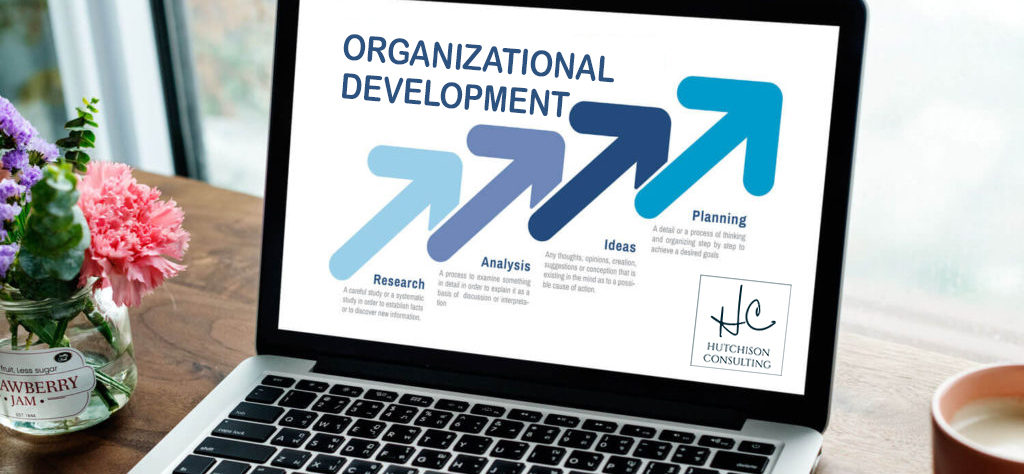Improving organizational capabilities involves structure, processes, people, performance metrics, and rewards. Together, we can work on an organizational assessment to identify and develop strategies to strengthen the organization.
Organizational Assessment
Organizational Assessment projects can include job analysis, leadership development, effective hiring strategies, employee engagement initiatives, and mergers/acquisitions. These initiatives are methods of strengthening culture while supporting the strategic plan, mission, and vision of the organization.
Job Analysis
A thorough job analysis is a foundation for developing a legally-defensible talent management system. The outcomes of a job analysis include the job description, performance evaluation, assessment and selection methods, succession planning, and compensation management.
Effective Hiring Strategies
The assessment and selection of the best candidate for a job are essential because of the tangible and intangible costs associated with making the wrong choice. The tangible costs include the time and expense to screen applicants, the cost to replace a “bad hire” and other risks. The intangible costs are the negative aspects the wrong choice can have on employee morale, the company’s brand, and the energy that is required to correct these outcomes.
- The Center for American Progress found that the cost to replace an employee who makes less than $30,000 per year is 16% of their salary. The cost to replace someone who makes more than $75,000 is 20% of their salary.
Merger & Acquisitions
Mergers and acquisitions are periods of considerable uncertainty for employees. In addition to blending cultures, new roles and responsibilities often emerge. In addition to focusing on engagement and communication strategies, assessment and development are critical to integration.

Individual Assessment & Development
People in organizations often face challenges with work/life balance, interpersonal skills, role/promotion adjustments and developing competencies. Together, we can work to develop a plan for achieving professional goals.
Leadership Development
Specific, scaled, and measurable training and development for leaders can produce effective results. Emerging leaders need to be prepared to manage and lead, while understanding the difference between the two. Special attention is given to the leadership competencies required for the job and analyzing where to focus training and development.


